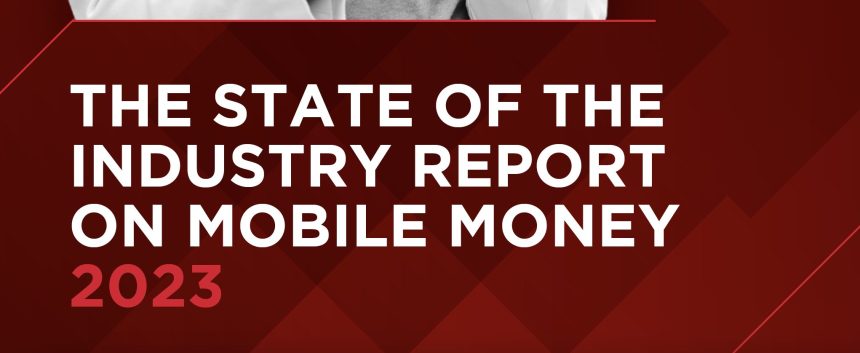According to the GSMA’s annual ‘State of the Industry Report on Mobile Money 2023, Mobile money services are growing faster than predicted around the globe, as digital services continue to rise in popularity.
By The Numbers
The report, published annually by the GSMA and funded by the Bill and Melinda Gates Foundation, demonstrates that rates of adoption are even quicker than expected, with the number of registered mobile money accounts growing by 13% year on year, from 1.4 billion in 2021 to 1.6 billion in 2022.
In 2022, daily transactions via mobile money reached $3.45 billion, exceeding the $3 billion amount predicted in 2021.
Total transaction value for mobile money grew by an incredible 22% between 2021 and 2022, from $1 trillion to around $1.26 trillion.
The Big Picture
The 2023 report shows there are now 315 live mobile money deployments across the globe, with peer-to-peer (P2P) transfers and cash-in/cash-out transactions still among the most popular use cases.
Bill payments using mobile money grew by 36% year-on-year – faster than any other use case – and the industry continues to focus on use case diversification, playing an important role in digitising economies.
By The Numbers: The Pandemic
Up to 400 million accounts were added during the pandemic alone. This rapid uptake is largely due to the technology’s role in enabling millions of people across low- and middle-income countries to access digital financial services.
This upward trend continues, with the number of accounts active on a 30-day basis also growing by 13% year-on-year to 401 million in 2022.
The report also shows that, during 2022, mobile money-enabled international remittances grew by 28% year on year – to $22 billion.
During the pandemic, many diasporas sent more funds via mobile money to friends and family than ever before. As a result, international remittances grew significantly in both 2020 and 2021, as many senders favoured mobile money for its efficiency, speed, safety, and cost-effectiveness. The trend continued in 2022, albeit at a slower rate.
By The Numbers: Gender Gap
Mobile phone ownership is one of the main drivers of the mobile money gender gap, however, a number of other barriers and cultural norms also prevent women from adopting mobile money. As a result, women in low- and middle-income countries are currently 28% less likely than men to own a mobile money account.
By The Numbers: Agency networks
The number of mobile money agents also increased significantly last year, with a 41% increase between 2021 and 2022. The overall number of agents went from 12 million in 2021 to 17.4 million in 2022.
The number of active agents increased by 25% to 7.2 million in 2022. A lot of this growth came from Nigeria, where a more liberal regulatory regime meant an increase in mobile money providers.
Agents continued to prove to be an invaluable part of mobile money services and were responsible for two-thirds of all cash-in transactions in 2022.
What They’re Saying
“It is promising to see the continued growth of mobile money worldwide. Mobile money has afforded millions of unbanked and underserved people in low- and middle-income countries access to digital financial services, for the first time,” said Max Cuvellier, Head of Mobile for Development, GSMA.
“However, even with this significant growth, there is still a long way to go to bring those services to over a billion people worldwide who remain unbanked. The GSMA is therefore encouraging governments worldwide to keep developing the enabling policies that can support mobile money deployments and further boost the growth of this crucial ecosystem.
Doing so helps accelerate the digitization of national economies and build financial resilience, allowing communities to support themselves in uncertain times.”
Catch up on news and other tidbits on our WhatsApp Community Page, Twitter/X, and subscribe to our weekly newsletter to ensure you don’t miss out on any news.
Support Tech Labari
Tech Labari currently relies on bootstrapping, ads, and sponsored content to publish news stories and articles to our thousands of readers in Africa and the world.
Financial contributions from our readers are a critical part of supporting our resource-intensive work and help us keep our site free for all.
Any contribution to Tech Labari would help to keep the site running










